
-
Updating Roman Jakobson’s ‘Poetic Function’ with Vector Semantics
Read more: Updating Roman Jakobson’s ‘Poetic Function’ with Vector SemanticsKurzynski discusses how poetry extends beyond sound and rhythm and taps into a deeper network of meanings.


Kurzynski discusses how poetry extends beyond sound and rhythm and taps into a deeper network of meanings.

"The gift—what we call “the gift” and “giving”—appears to have at least two distinct functions, and one would be hard pressed to decide between them."

In this exclusive interview, renowned linguist Lyle Campbell discusses his career in linguistic fieldwork, the topic of his new book, Linguist on the Loose: Adventures and Misadventures in Fieldwork. Tell us a bit about Linguist on the Loose, why did…

By Wolayat Tabasum Niroo In the northeastern provinces of Afghanistan, talented women sing folk songs to entertain each other in female-only gatherings on happy occasions. The songs are accompanied by a diara or daff, a colorful frame drum made of…
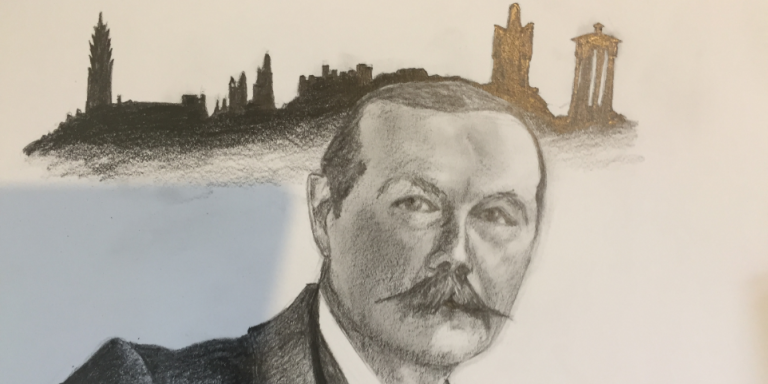
by Douglas Kerr There are dozens of biographies of Arthur Conan Doyle, the creator of Sherlock Holmes and one of the most popular storytellers in English. But his own account of his life, Memories and Adventures, published in 1924, is…
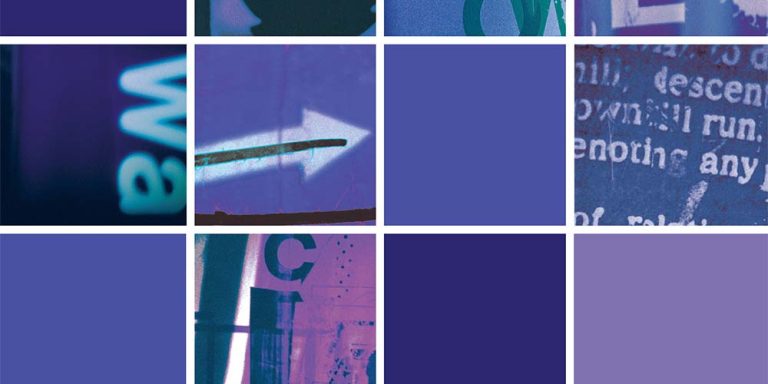
by Laurie Bauer An Introduction to English Lexicology is my fifth textbook published with Edinburgh University Press. The first was Introducing Linguistic Morphology (1988, 2nd edition 2003) and was based on my teaching material from Victoria University of Wellington. At…

by Steven Monte Tell us a bit about your book… The book is essentially about two things: reading Shakespeare’s Sonnets as an intricately organized collection and situating it within the literary marketplace of Elizabethan England, in which poets were fiercely…
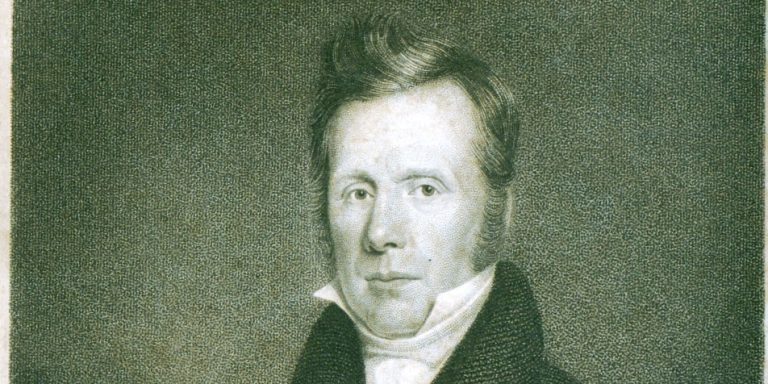
by Graham Tulloch When Judy King and I were invited to edit James Hogg’s contributions to Scottish periodicals for the Stirling/South Carolina Edition of the Works of James Hogg we were of course delighted to have the chance to do…
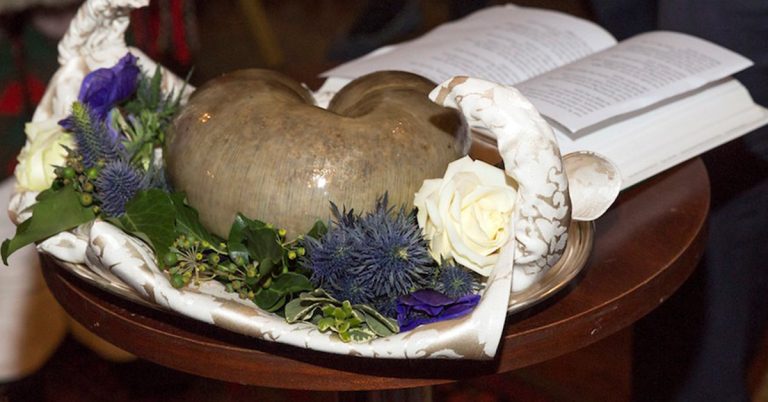
By Dr Paul Malgrati Over the past 220 years, the Burns Supper has become the quintessential festival of Scottish culture, identity, and gastronomy. Who would have thought, back in 1801 as nine admirers of Robert Burns held a private memorial…
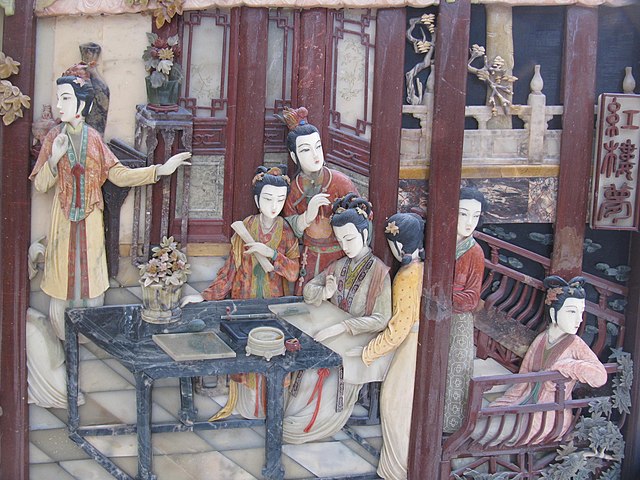
by Xiaofei Shi and Labao Wang Does Chinese children’s literature have a prehistory? While it is presumptuous to date the history of Chinese children’s literature all the way back to the Eastern Jin Dynasty (317–420) when the tale ‘Li Ji’…